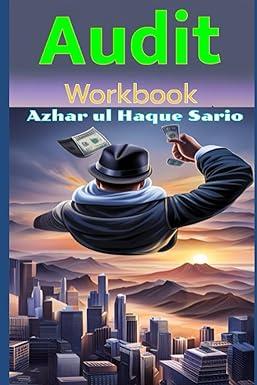Question
Consider 3,000 people who each have an 8% chance of getting seriously sick this year. If they get seriously sick, they will have a $13,500
Consider 3,000 people who each have an 8% chance of getting seriously sick this year. If they get seriously sick, they will have a $13,500 hospital bill. If they do not get seriously sick, they will have minor medical expenses of $1,000. All 3,000 people are risk-averse, but they differ with respect to the degree of their risk-aversion. 1,000 of them are very risk-averse and willing to pay a risk premium equal to 50% of the actuarially fair premium. Another 1,000 are moderately risk-averse and willing to pay a risk premium equal to 30% of the actuarially fair premium. The final 1,000 are minimally risk-averse and are only willing to pay a risk premium equal to 10% of the actuarially fair premium.
1.) Suppose that the insurance market is competitive with free entry and exit. Competitive forces therefore lead insurers to sell insurance at the actuarially fair price. How many people buy insurance? What is the consumer surplus for the 1,000 people who are highly risk-averse? What is it for the 1,000 people who are moderately risk-averse? What is it for the 1,000 people who are minimally risk-averse? What are insurers expected profits? (Note: It may help to identify the consumer surplus in your diagram from part c.)
2.) Now suppose insurers are successful at lobbying legislators to disallow entry from new insurance companies. Without as much competition, insurers are now able to charge a premium that is 25% more than actuarially fair price. How many people buy insurance now? What is the consumer surplus for the 1,000 people who are very risk-averse? What is it for the 1,000 people who are moderately risk-averse? What is it for the 1,000 people who are minimally risk-averse? What are insurers expected profits? (Note: It may help to identify the new consumer and producer surplus in your diagram from part c.)
3.) What is the effect of part es barrier to entry on consumer surplus? What is the effect on producer surplus (i.e., insurers expected profits)? What is the effect on social surplus (i.e., the sum of consumer and producer surplus)?
Step by Step Solution
There are 3 Steps involved in it
Step: 1

Get Instant Access to Expert-Tailored Solutions
See step-by-step solutions with expert insights and AI powered tools for academic success
Step: 2

Step: 3

Ace Your Homework with AI
Get the answers you need in no time with our AI-driven, step-by-step assistance
Get Started


